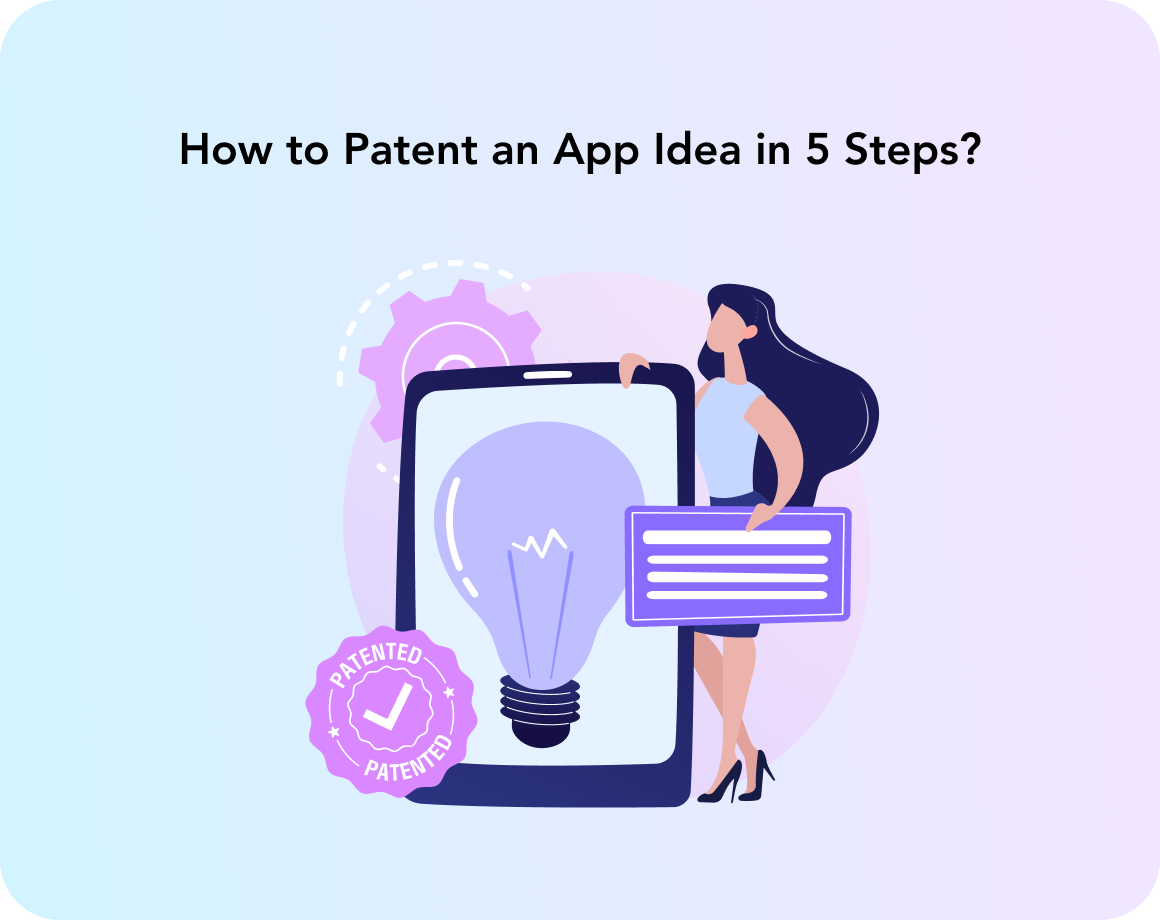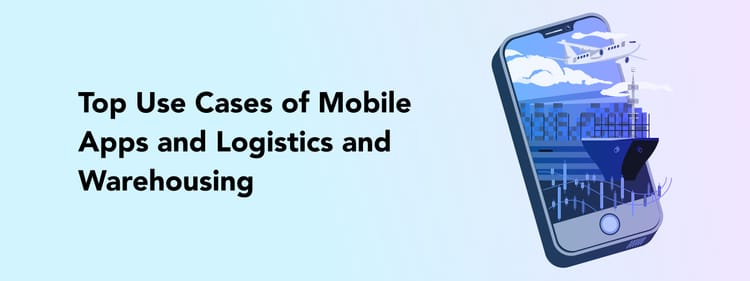You spend lots of resources on coming up with a truly unique and interesting app idea: researching, brainstorming, designing, testing. Through trial and error, you come to a point when it’s time to present your innovative application to the world.
One of the common concerns you might have in this exciting moment is plagiarism — someone might steal your app idea and commercialize it. Luckily, you can avoid such worries if you patent your app idea.
In this blog post, we’ll explore how to patent an idea for an app. You will learn about some key considerations to keep in mind when preparing and submitting a patent application and discuss the different types of patents available for apps.
Benefits of Patenting an App Idea
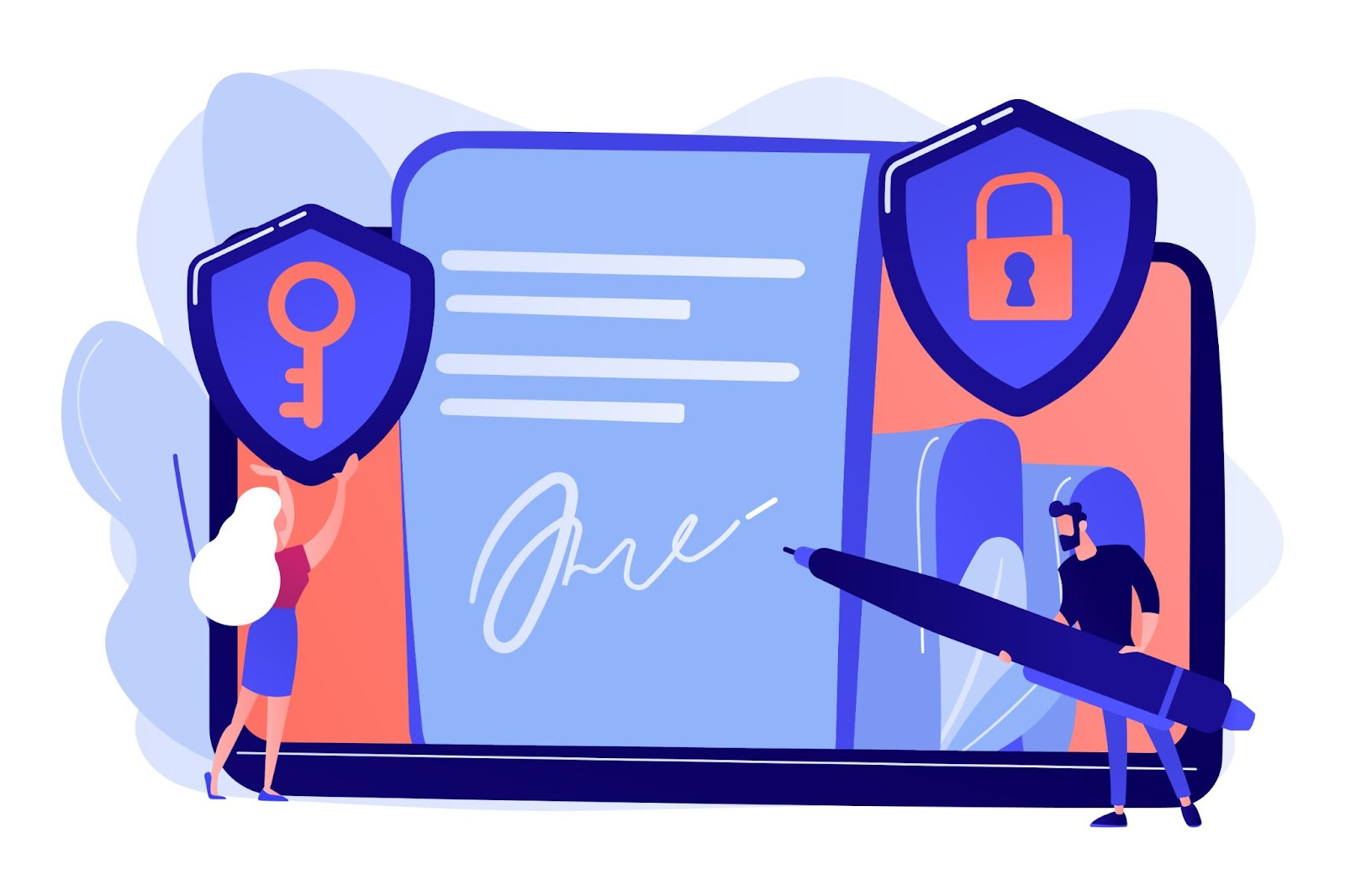
Let’s start our guide on how to patent an app idea by taking a closer look at the benefits of patenting an app idea.
Become a market leader
Not so many apps can boast a unique feature set, let alone a patent. Having a patented application idea proves that you came up with something your competitors couldn’t and can offer a new way of solving problems with a mobile app. This makes your product more attractive to potential customers and investors who are looking for unique solutions that stand out from what's currently on the market.
Protect your product
The main point of a patent is to offer legal protection for products that have been developed with considerable time and effort invested into them. Since patents are legally binding documents issued by the government, they prevent copycats from taking advantage of ideas without permission or compensation for those who created them in the first place.
What are the Various Types of Patent Applications?
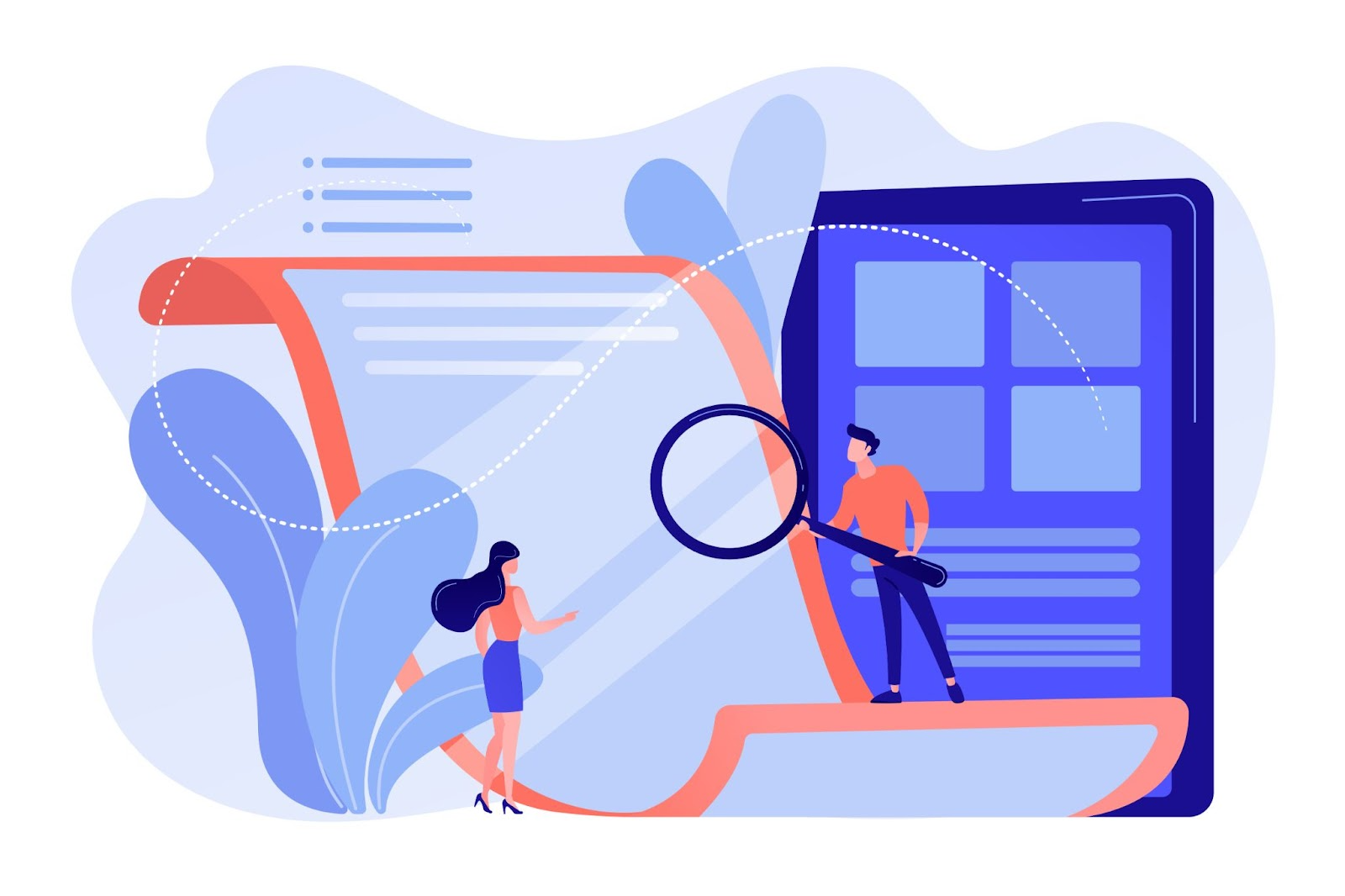
There are two main types of patent applications when it comes to how to patent a mobile application idea; your task is to choose between them.
Provisional patent application
A provisional patent is a quick and inexpensive way to protect an invention before filing a full non-provisional patent application. A provisional patent application is not actually an application for a patent. It gives inventors one year from the date of filing to apply for a full non-provisional patent application. A provisional patent is also known as a “patent pending”.
Basically, you are reserving a date for your real, non-provisional application. Why go with a provisional patent application? Four reasons:
- It’s cheaper
- It wins you some time to fully develop and launch the app
- You don’t need to provide an extensive stack of documents to prove originality and uniqueness; your application won’t be checked to the committee yet
- You are reserving a date for the application, so in case of a conflict with a similar app idea owner, you are the one to get a patent if your non-provisional application date is closer
Note that you have one year to prepare a full set of supporting documents for your non-provisional application. In case you decide not to proceed with a non-provisional patent application, your spot will be canceled.
Non-provisional patent application
A non-provisional patent provides legal protection for an invention by granting exclusive rights to the inventor for up to twenty years. This type of patent is much more expensive and can take much longer to process than the provisional type, but it provides extensive legal coverage of an invention.
It can take from 1 to 3 years for the USPTO (United States Patent and Trademark Office) to process your application.
Guide on How to Patent an App Idea in 5 Steps

To make sure that your app idea has a high chance of getting a patent, we recommend you go through a process of validating your concept and preparing all the needed paperwork. Let’s look into how to patent an idea for an application.
Decide on the patent type
The first step in any successful patenting process is determining which type of patent best suits your needs and goals for protecting your app idea. We have already discussed the two patent types. If you need more time for developing the app and working on the documentation, go with a provisional patent; if you are set to submit your patent application, choose a non-provisional patent.
Do the patent research
Before applying for a patent, it's important that you conduct thorough research on existing similar applications or products with similar features as yours since they may be protected by other people’s patents already in effect. If this is the case, then chances are that your patent application will be rejected. Not to waste your time and financial resources working on a patent application doomed to rejection, check for similar app ideas on the official USPTO website.
Document everything
Once all of your patent research has been completed and you didn’t find anything resembling your application, time to start preparing all the necessary documents for the patent application. These include app flowcharts, designs, feature descriptions, technical specification documents, and so on.
Your application needs to demonstrate not only the visuals of the app but rather show how users can resolve a certain problem with your product; your main task is to show innovation and how your product tackles an issue in a never-seen-before way. Remember that the source code is not patentable.
Collaborate with a patent attorney
The process of how to get a patent for an idea is a meticulous legal procedure where every step and every sentence in your documents counts. An experienced attorney can help come up with your application, decide on the supporting documentation needed, format the submission according to the USPTO’s standards, and undertake all the communication with the commission.
Submit your patent application
Finally, after consulting an attorney and collecting all the documents, including an application form, you can go ahead and submit your application. You can file a patent application at the USPTO online or by mail.
What are the Main Requirements for Patenting a Mobile App Idea?

If your question is can you patent an idea for an app, the answer will be “Of course, yes!”. But it is not so simple to get approval for your patent submission. USPTO has three main requirements when it comes to deciding whether can you patent app ideas or not. The formula for a patentable app idea consists of three Ns:
- New
- Not abstract
- Not obvious
Based on these criteria the commission will decide whether or not can an app idea be patented. Let’s discuss each parameter in more detail.
Your app idea is novel
The first requirement is that your app idea must be novel. This means that your invention is something unique and not already available on the market. Generally speaking, if someone else has already created something similar or close enough to what you’re proposing, then it won’t be eligible for patent protection.
Your app idea isn’t abstract
The second requirement is that your app idea isn’t abstract or overly general. For example, if you simply propose an “app to help people communicate better with each other” this wouldn't qualify as specific enough since there could potentially exist thousands of ways to achieve this outcome, thus making it too abstract and unspecific for patent protection purposes.
A patentable app idea submission will describe a very precise way of communicating, for example, only by sending digital letters that will take a few days to reach the recipient (by the way, such an app already exists).
Your app idea isn’t obvious
Finally, your app idea cannot be obvious or have certain elements which are rather straightforwardly derived from existing technologies and solutions on the market today. For example, making an app for sharing photos is obvious as there are dozens of solutions offering the same functionality, including Instagram.
In What Scenarios Does an App Idea Need to be Patented?

Now that it is clear in which cases the USPTO will likely grant you a patent, let’s discuss a question no less important: “In which scenarios can I patent an idea for an app?”
You came up with a new, unique app idea
First, if your app involves a novel feature or technology that hasn't been previously used in any other apps then it may be wise to obtain a patent for it as soon as possible before someone else does.
This will ensure that no one else can use your unique feature without permission from you or paying royalties for its use. Additionally, if other apps are already using similar features but yours offers some sort of improvement upon them then obtaining a patent could provide protection from potential competitors who might try to replicate what you have created.
You need to protect your innovation
It's also worth considering whether or not there is a market potential for your app concept before deciding if it’s worth pursuing a patent as this could be costly and time-consuming. If there is no demand for what you are offering then investing significant resources into protecting it might not be practical.
You have the financial and time resources
Ultimately, deciding whether or not an app needs to be patented depends on how much resources you are ready to invest into protecting your intellectual property and enhancing your app brand. Getting a patent isn’t a cheap or fast process (we will explain the pricing in a bit), so you need to make sure you have enough spare resources to dedicate to it.
How Much Does it Cost to Patent an Application Idea?
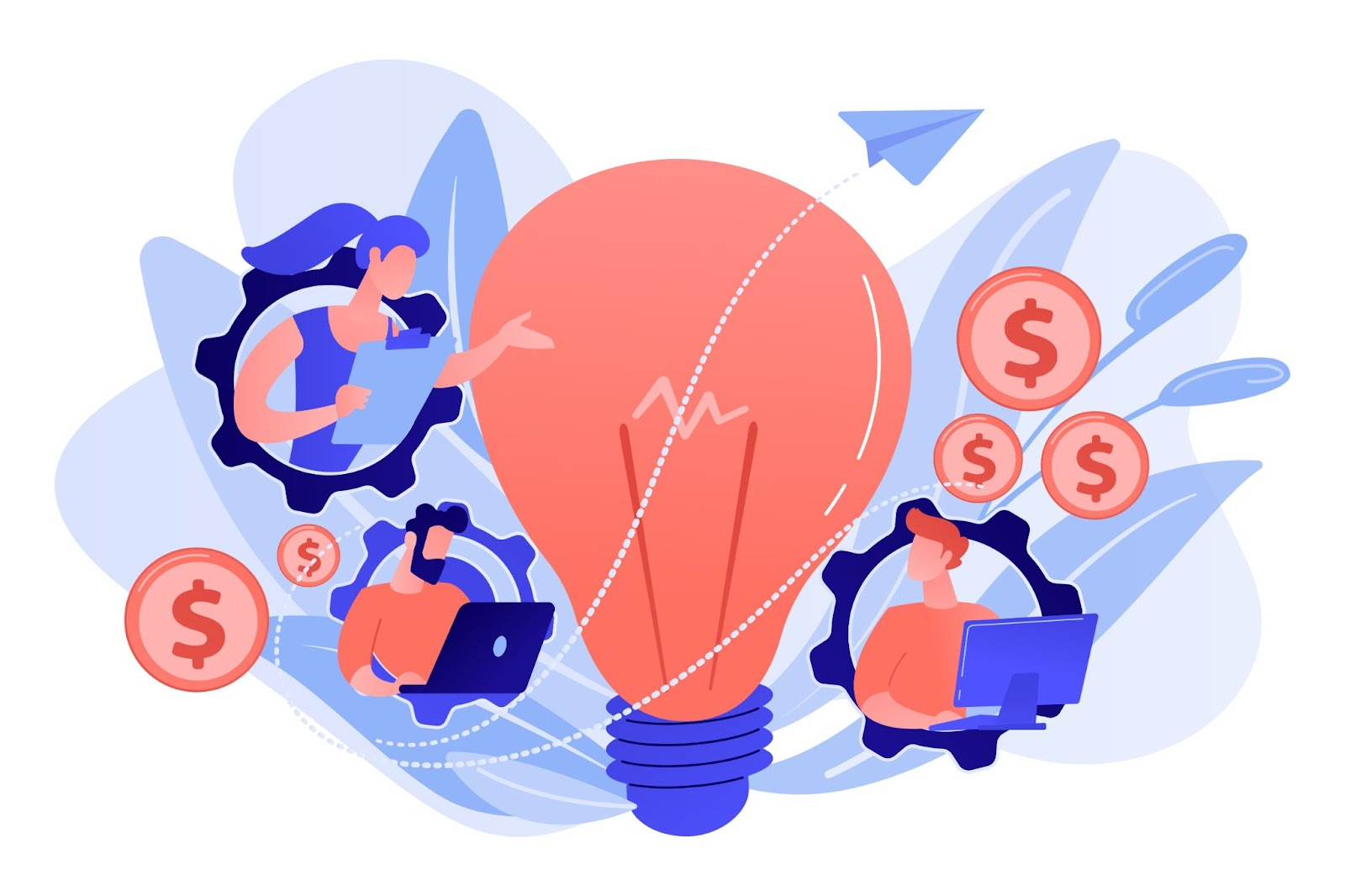
Generally speaking, when it comes to the financial side of how to patent an app idea and how much does it cost to patent an idea, the costs include attorney fees and government filing fees.
Talking about the USPTO fees, provisional patent costs between $2,000 and $5,000, while a non-provisional one is between $10,000 and $15,000 depending on your company’s size.
Where are these numbers coming from?
First, the very application. There is a filing fee (between $70 and $280), a search fee for the commission to make sure there are no similar existing apps (between $150 and $600), and an examination fee needed to consider your application (between $180 and $720).
Plus, as your patent will be active for 20 years, you will be required to pay a maintenance fee every four years:
- Year 4: $800-$1,600
- Year 8: $900-$3,600
- Year 12: $1,850-$7,400
Add the attorney’s services rate, which is about $3000-5000 for a provisional application and $10 000-15 000 for a non-provisional one, and there is quite a big sum coming up for getting a patent for your app.
Wrapping Up

In conclusion, patenting an app idea is a complex process that requires careful planning and research. It is critical that you understand all the nuances of how to patent an idea for mobile application and the laws and regulations governing app patents.
Before applying for a patent, it’s best to make sure that your app idea corresponds with the USPTO standards and has a high chance to receive patent approval. Additionally, you need to dedicate extra time to documenting your product design and development process in a way that will represent the innovative and unique feature set.
Looking for reliable full-cycle app development to support you in bringing your app idea to life? Perpetio doesn’t only code applications but works holistically to offer a competitive and viable product.
FAQ
Why do I need to patent my app idea?
The reasons to patent your app idea include protecting it from copying by other companies and becoming more competitive on the market by showcasing your innovative approach.
How to check if my app idea is already patented by someone else?
You need to go to the official USPTO patent register and check all the patents related to your domain through a keyword search.
How much does it cost to patent an app idea?
The cost of patenting an app varies between $3000-15 000 based on the patent type for the whole duration of a patent being active (20 years). Plus, consider attorney fees if you are planning to hire one.
How much time does it take to get my app idea patent?
It can take up to 3 years from filing an application to receiving a patent.
